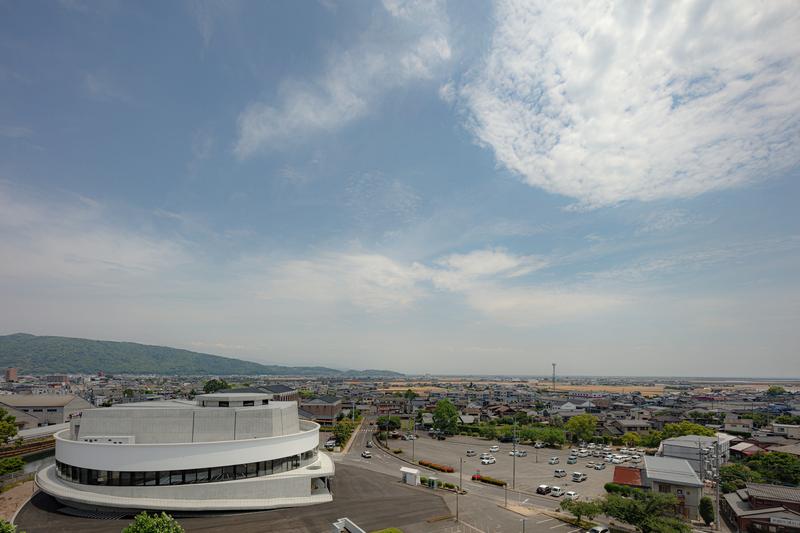
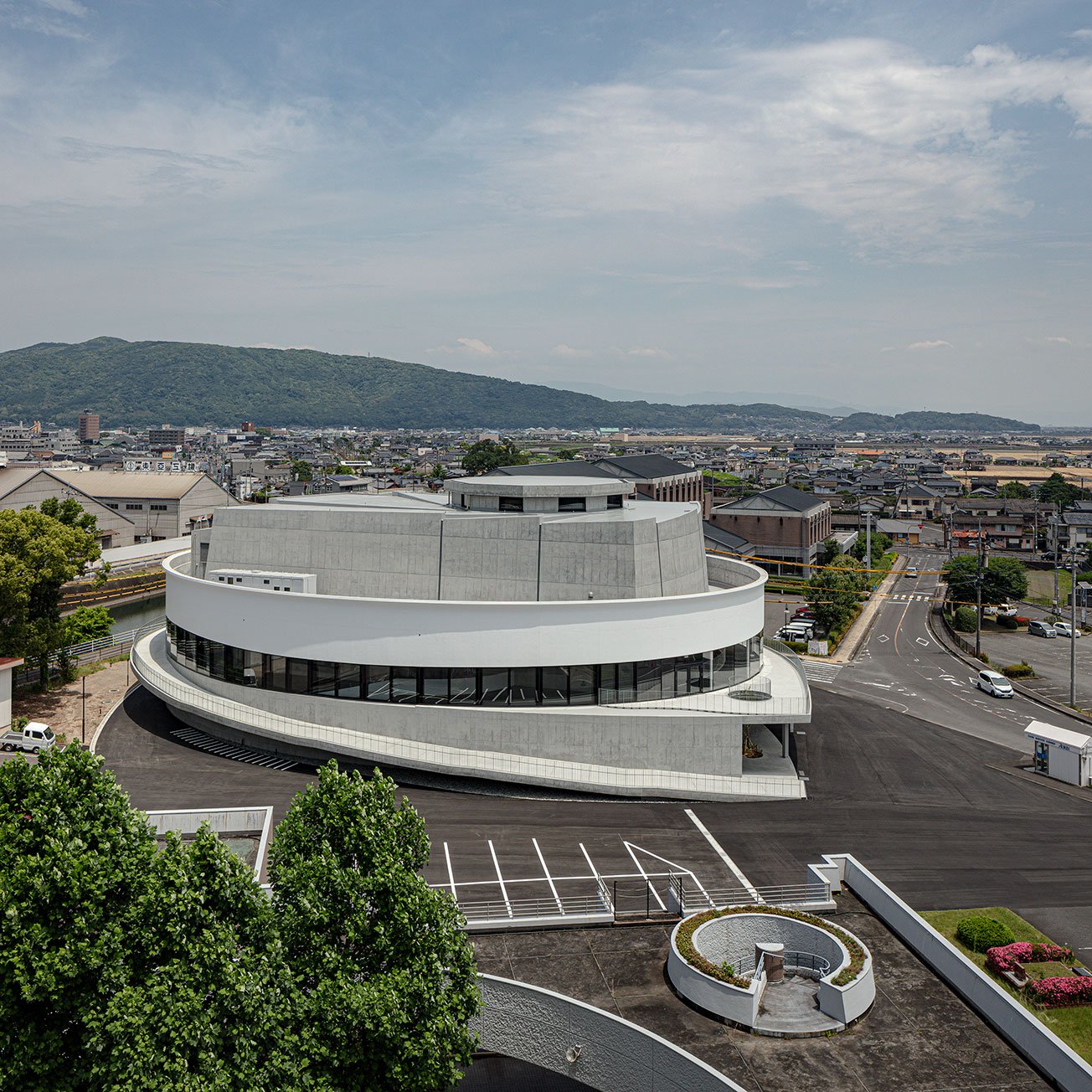
KASHIMA CIVIC CULTURE HALL
KASHIMA CIVIC CULTURE HALL
NASCA Co., Ltd.
Nihonchusha Bldg. 4F 3-15-1 Toyama, Shinjuku-ku
Tokyo JAPAN 162-0052
T 03-5272-4808 F 03-5272-4021
nasca@studio-nasca.com
NASCA Co., Ltd.
Nihonchusha Bldg. 4F 3-15-1 Toyama, Shinjuku-ku
Tokyo JAPAN 162-0052
T 03-5272-4808 F 03-5272-4021
nasca@studio-nasca.com
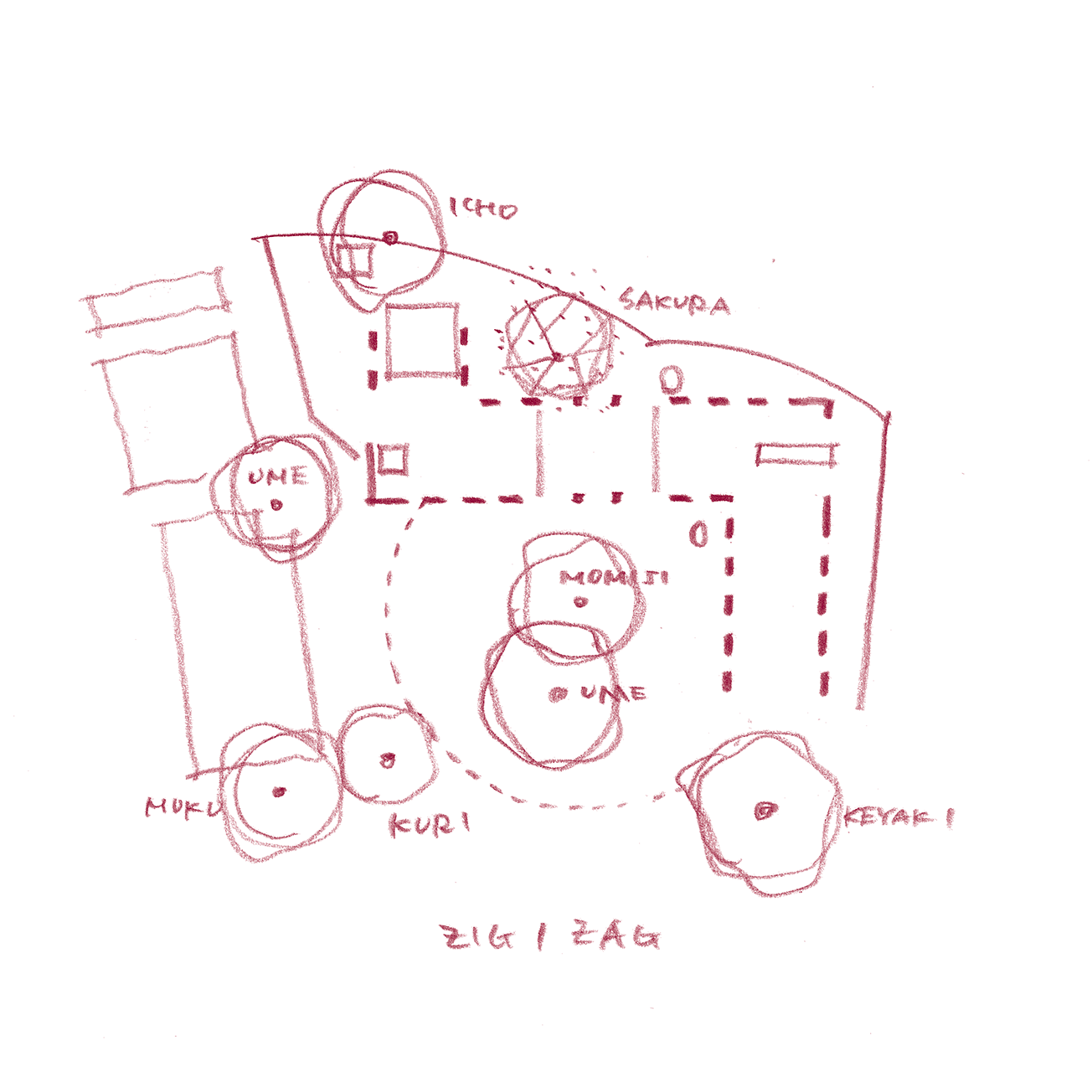
Information in a memory is preserved by being continually externalized. Memory in a person's brain disappears when that person dies, but the content of a memory can survive the death of the person if it has been transferred during his lifetime to the brain of someone else or preserved in external form such as a book. For the same reason a mnemonic medium external to the computer is indispensable to computerized information management. The genes of organisms are also transmitted from individual to individual through the repeated replication of DNA. Information concerning a species is preserved for generations. Information in a memory can be maintained in a readily accessible condition only if it has been reproduced externally. It is precisely because knowledge and memory of the time have been externalized and survive in architectural form that historians can elicit centuries-old information from ancient architectural remains. We are able to surmise to some extent what people in the past thought from surviving fragments of objects, even if memory no longer exists in linguistic or pictorial form. Architecture and the city are themselves enormous mnemonic devices of humankind. Today, it is not impossible to translate such information, even if it is enormous in amount, into electronic form, but there are limits to the scope of vision of someone trying to access that information or the amount of information a person can assimilate at any given time. The information that can be assimilated is apt to be only a small part of the whole. However, by actually walking through a building a person can observe the whole and the details at the same time and find clues for eliciting memories of the past.


KASHIMA CIVIC CULTURE HALL

Shinkenchiku 2022.11


Yuko-tei

Shinkenchiku 2021.10

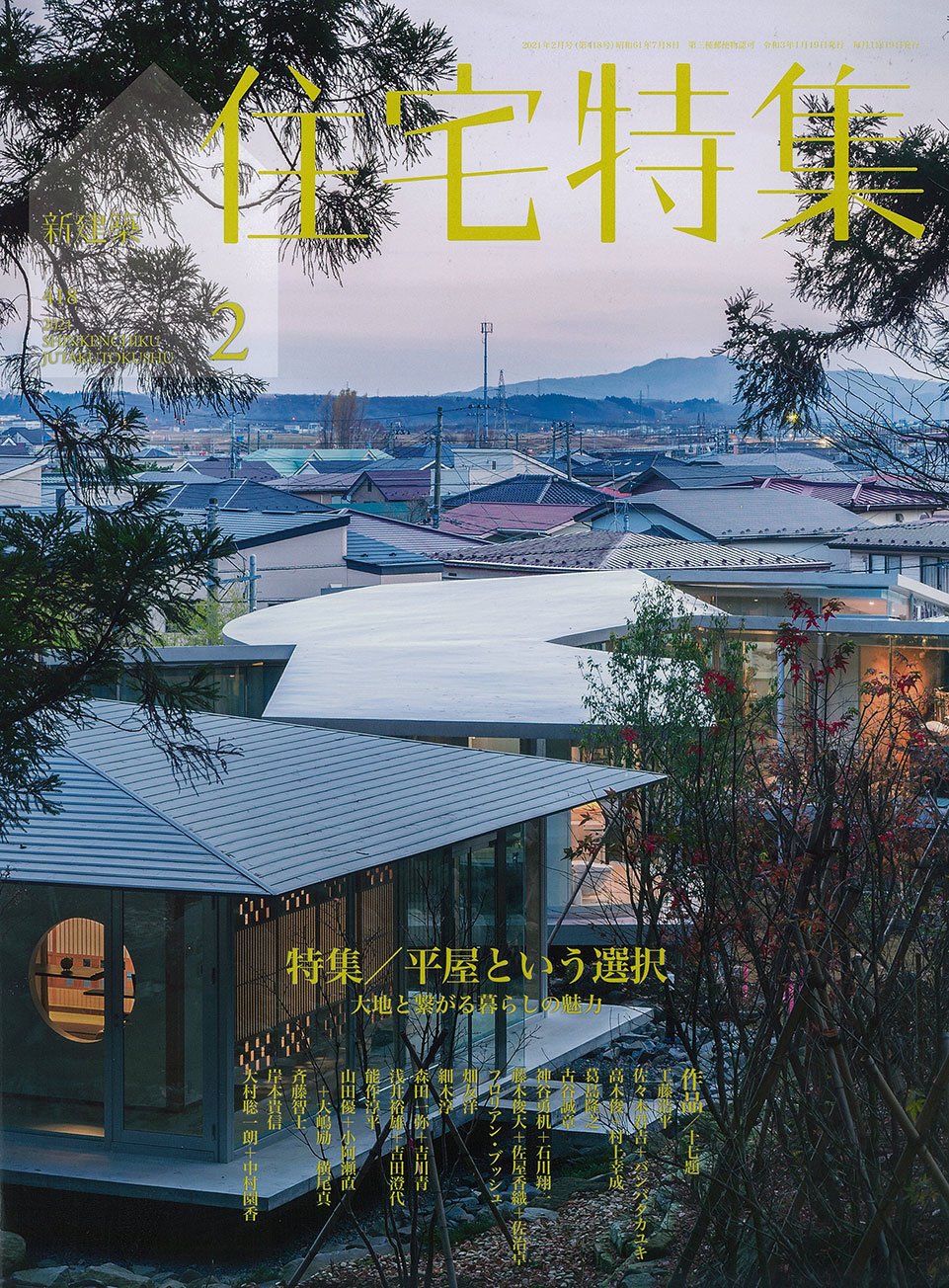
jt2021.02


Tanohata Ikigai no Kan
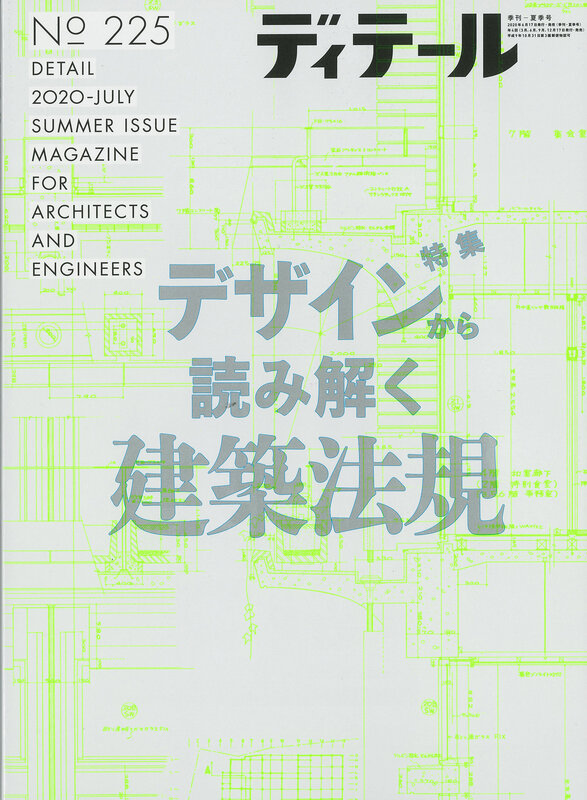

DETAIL No.225


Sukumo Hayashi House

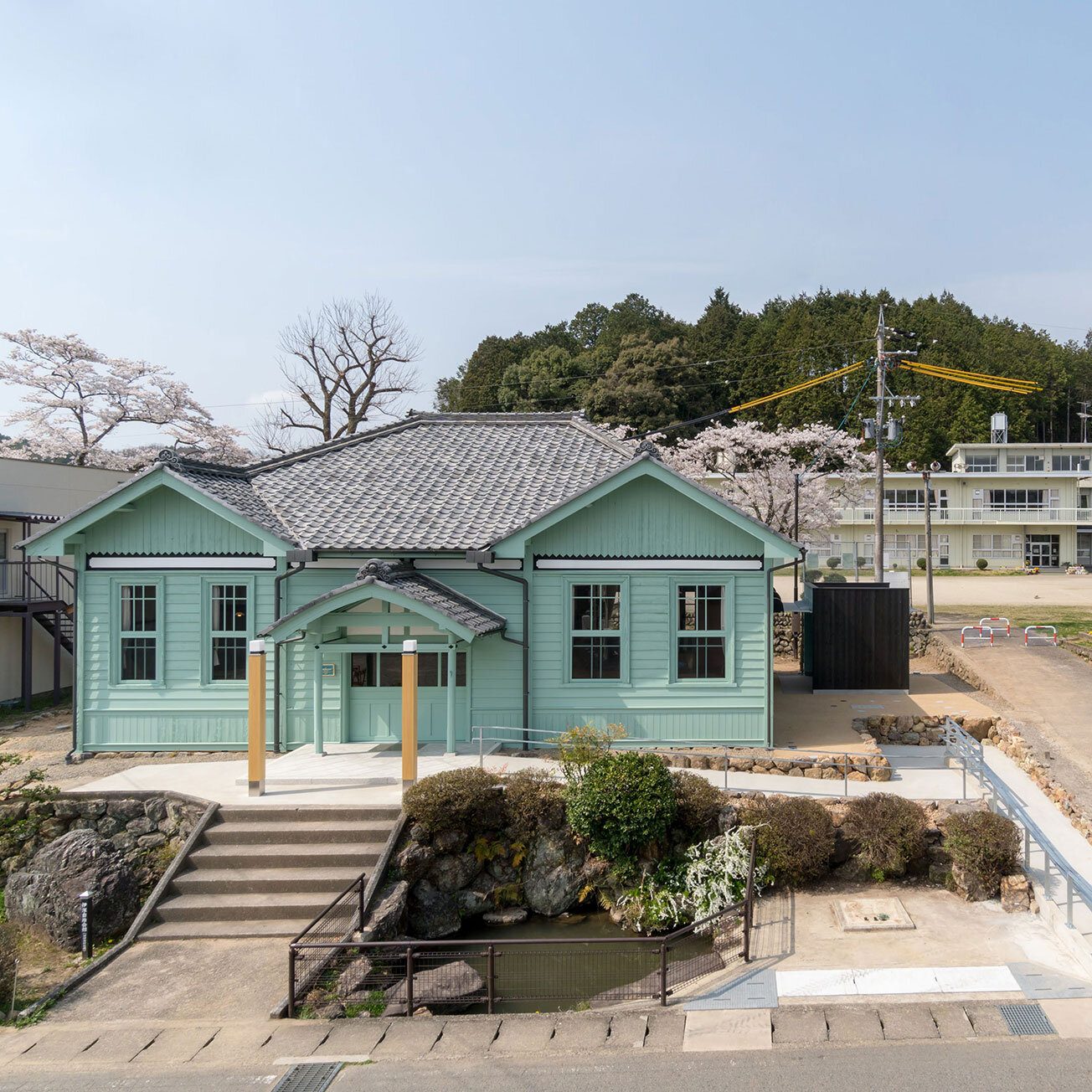
Renovation of the Old Ibuka Town Office, Minokami


ARUKURASU
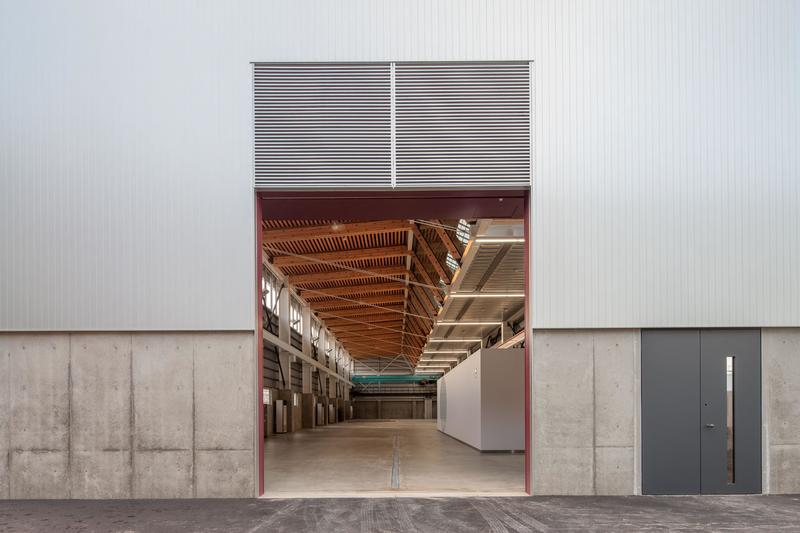
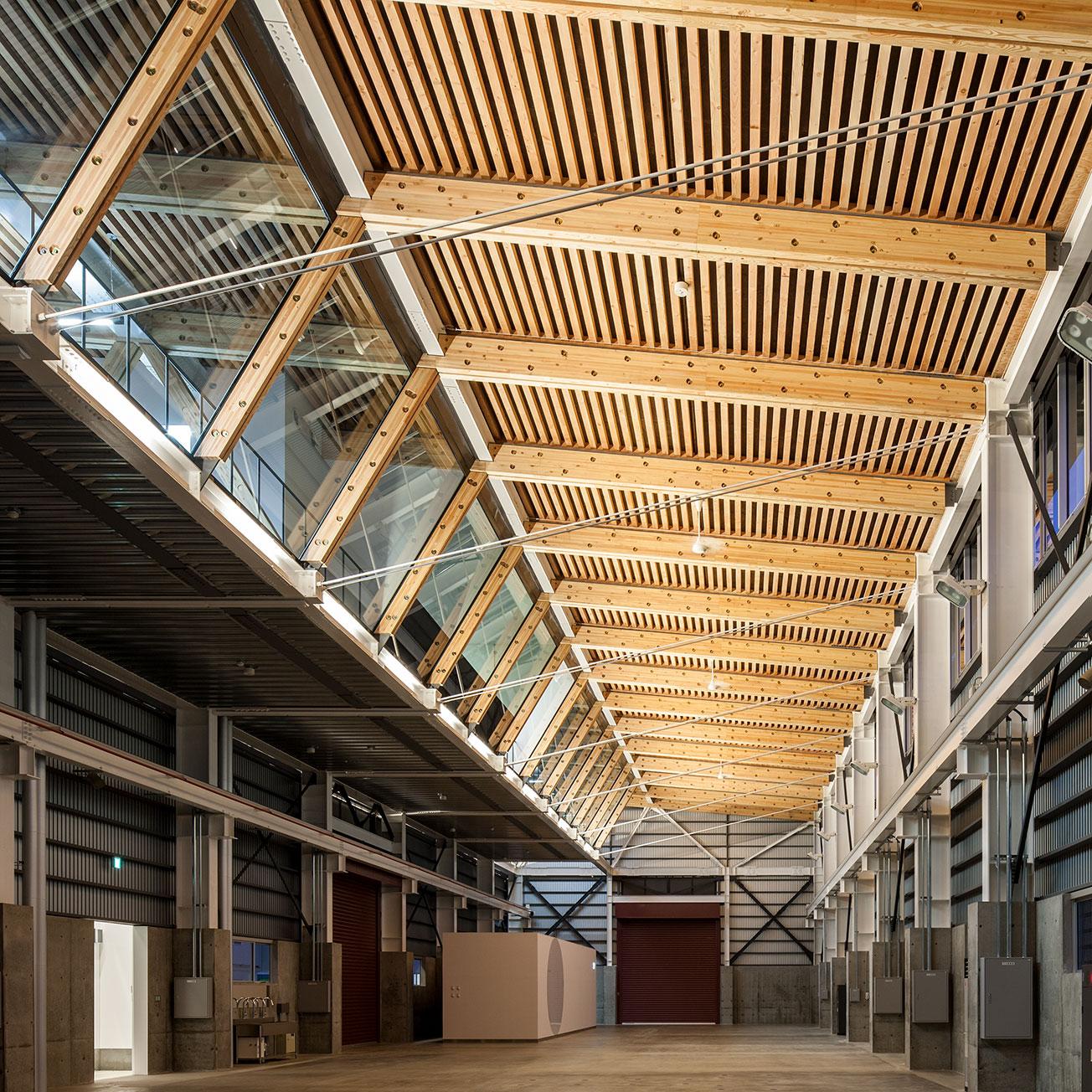
Hatanaka Special Valve Industries – Yonezawa Factory

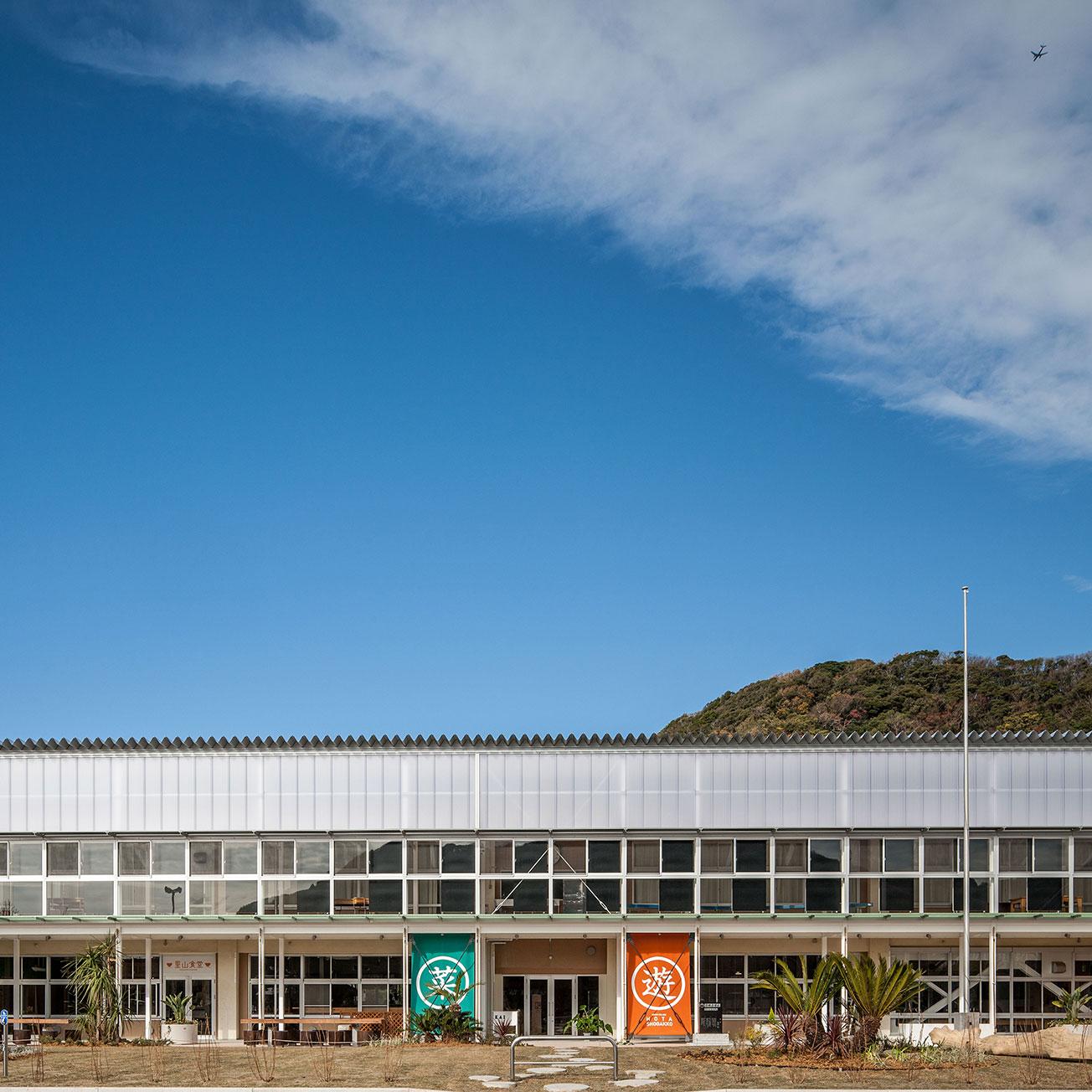
Roadside Station HOTA Elementary School


Kitakata City Hall
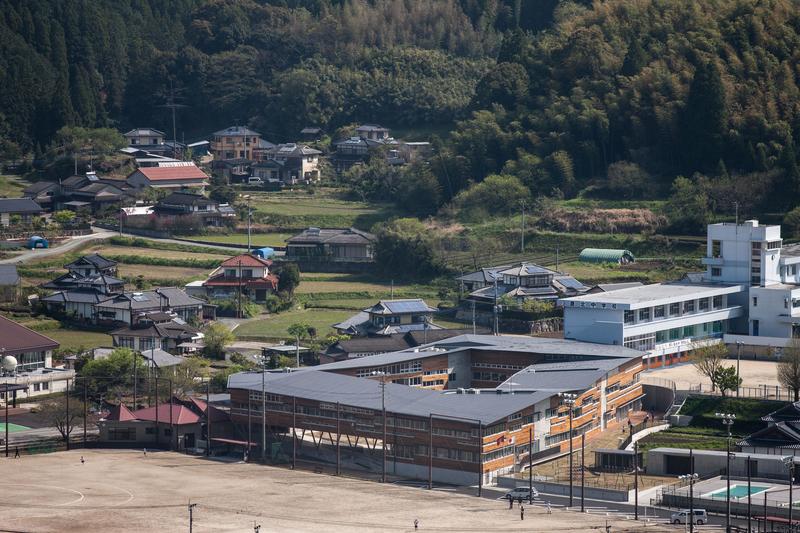
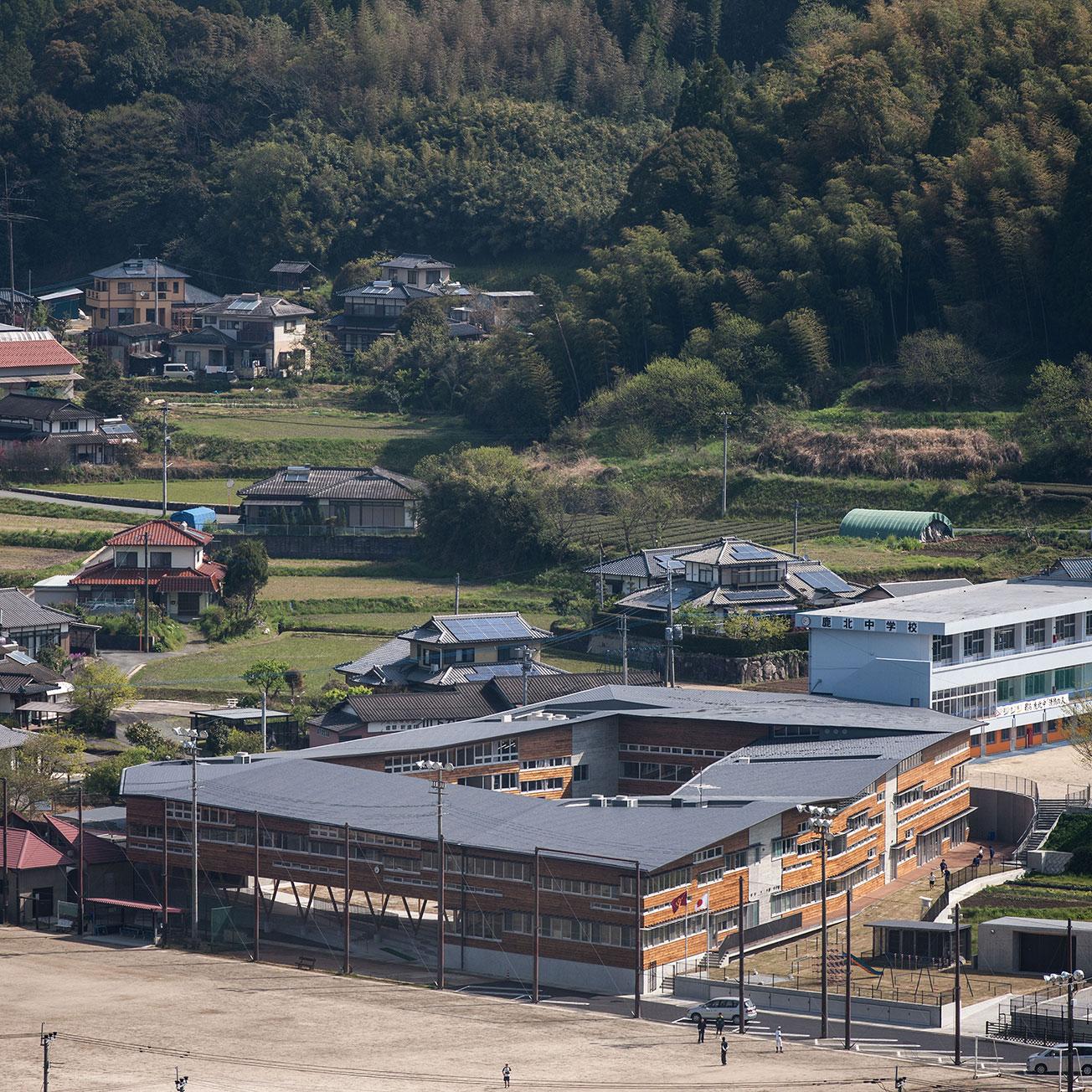
Kahoku Elementary School
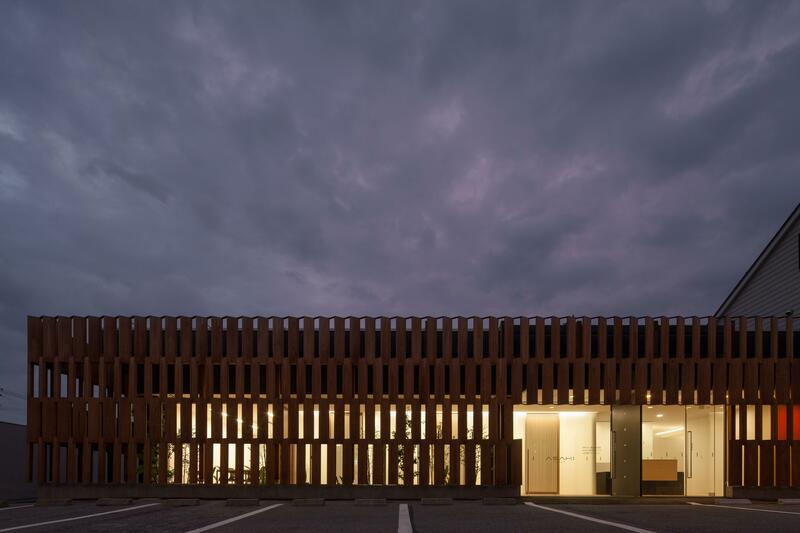

Asahi Brains Accountant's Office

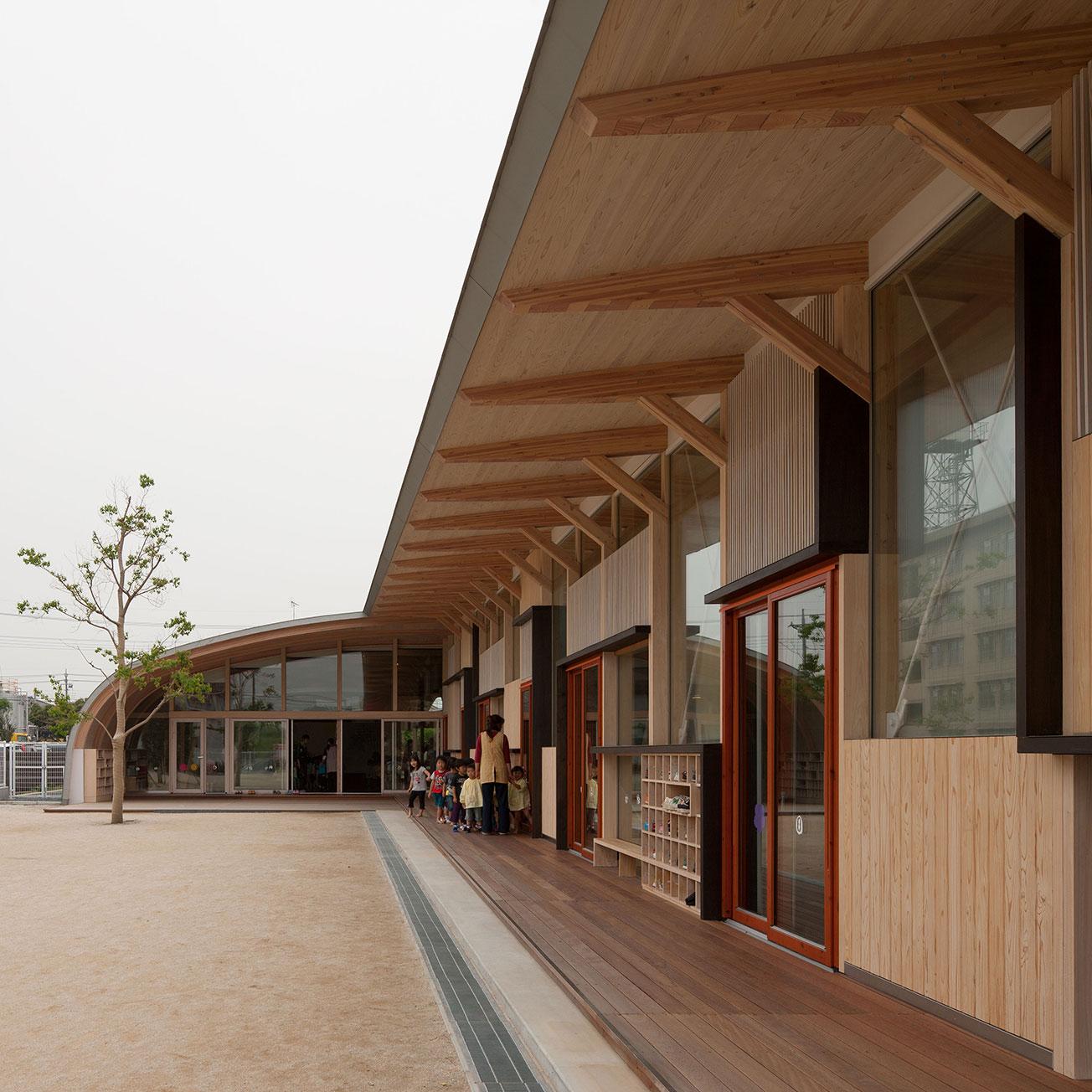
Nakagawara Nursery
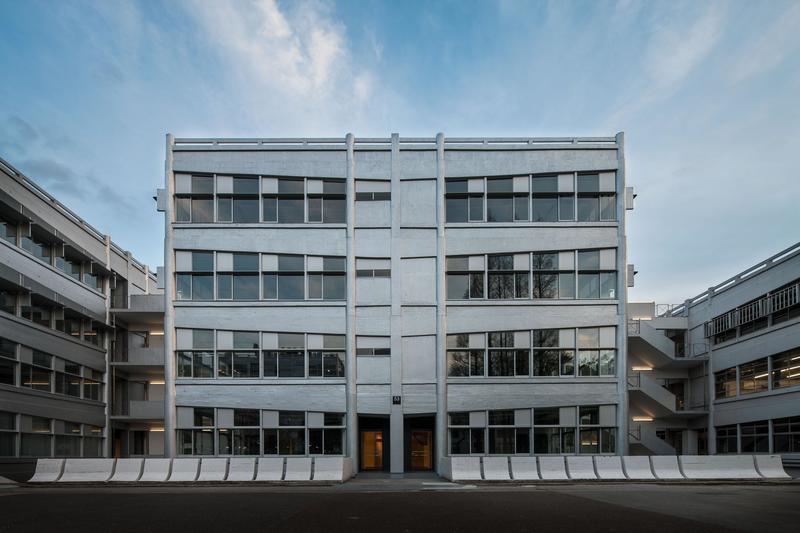
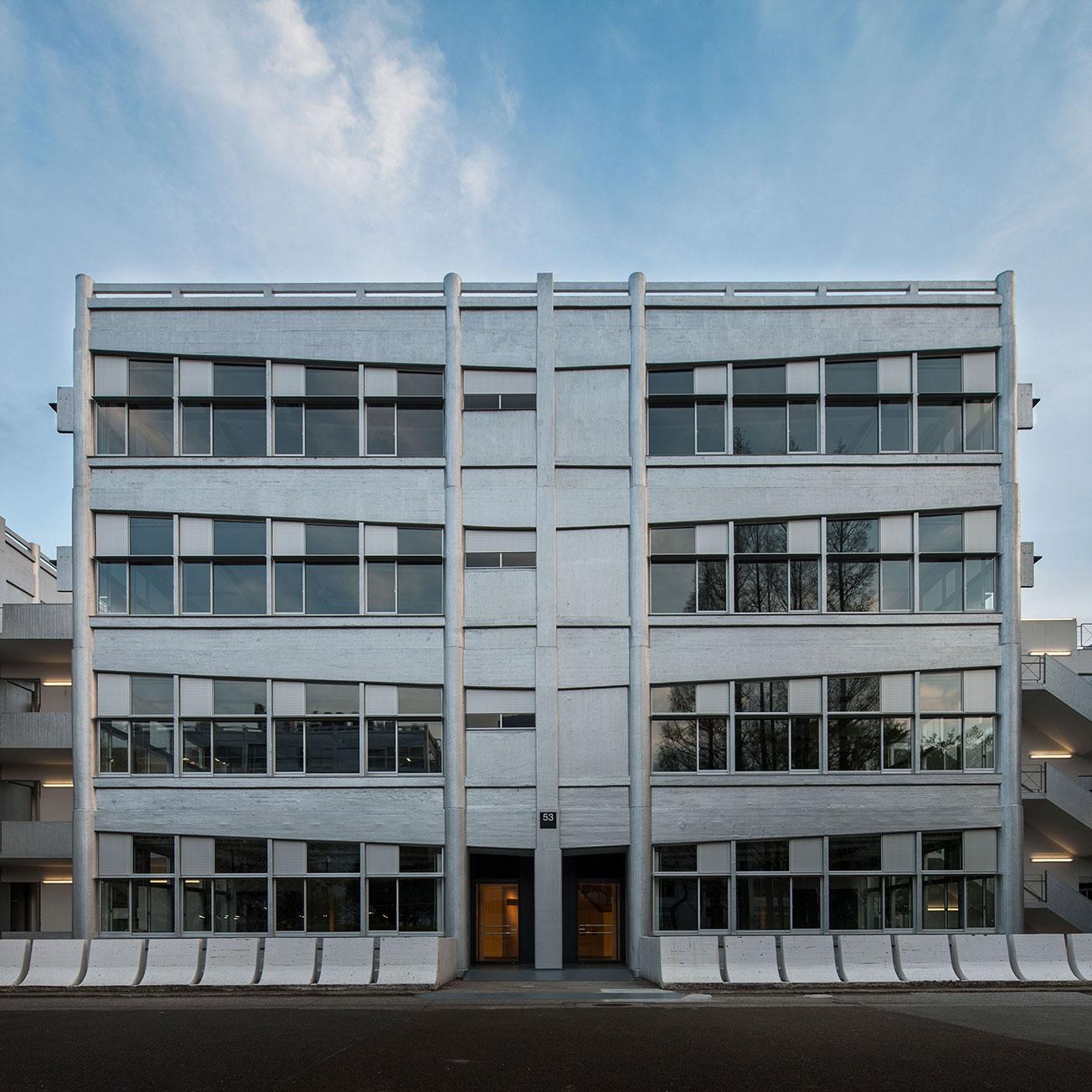
Seismic Retrofit of Building #52, #53, #54 in Nishi-waseda Campus, Waseda University
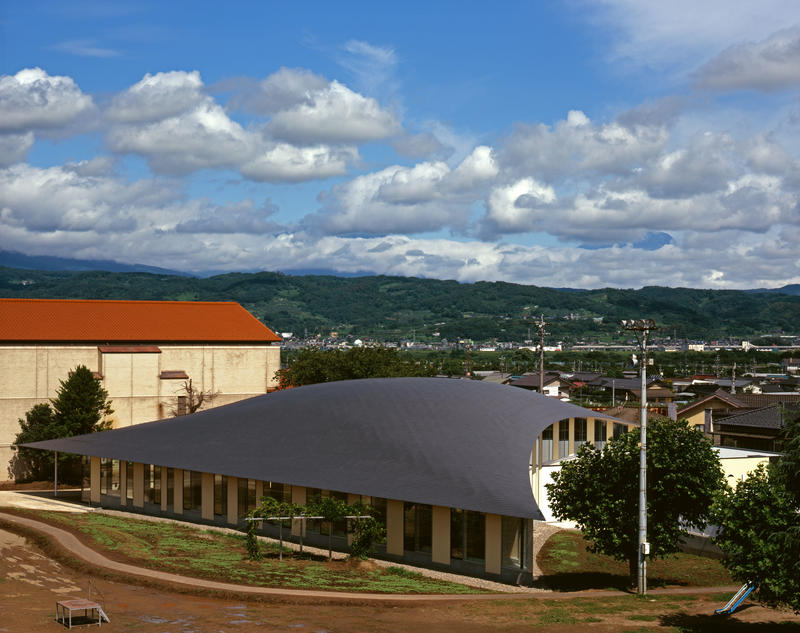
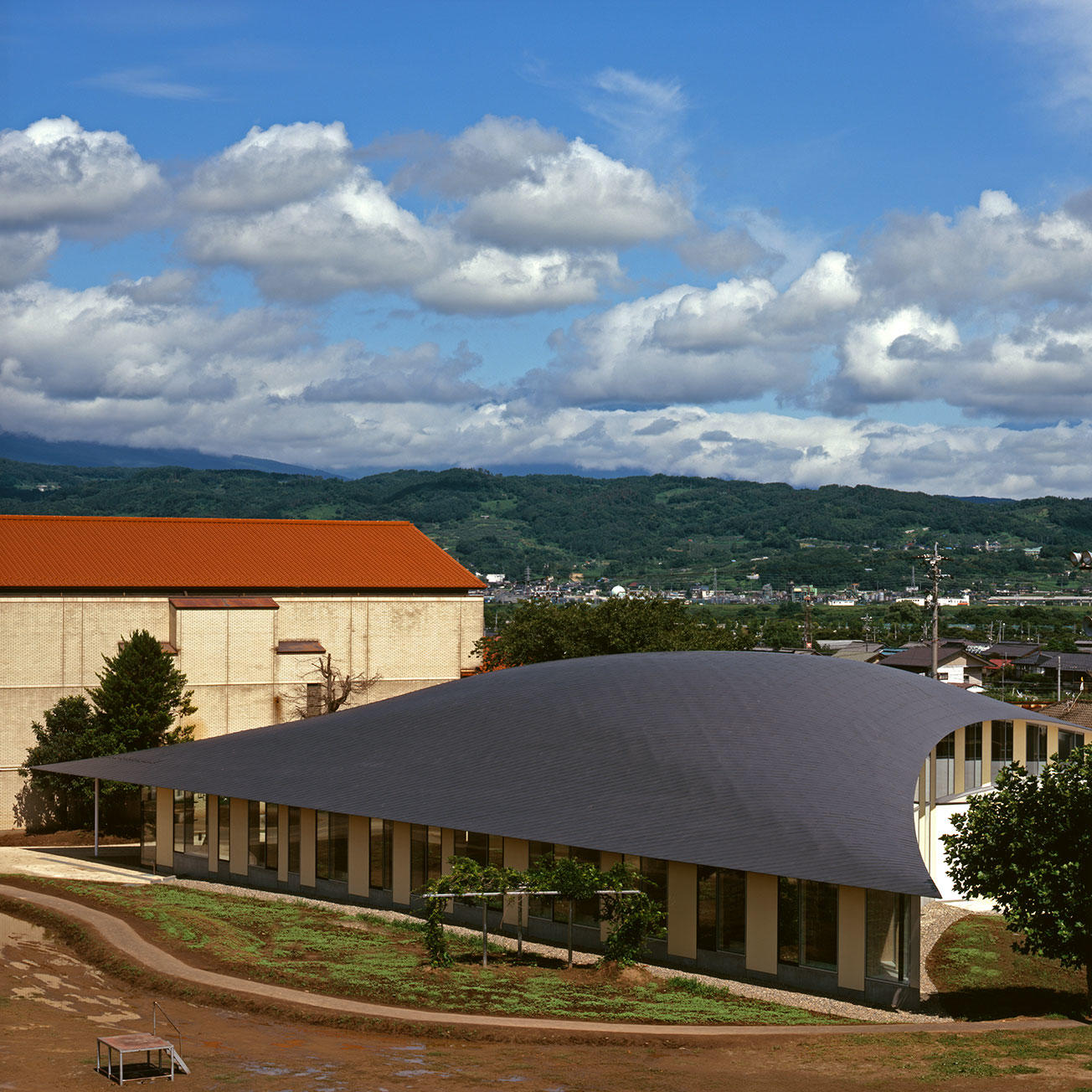
Obuse Community Library / Machitosho Terrasow
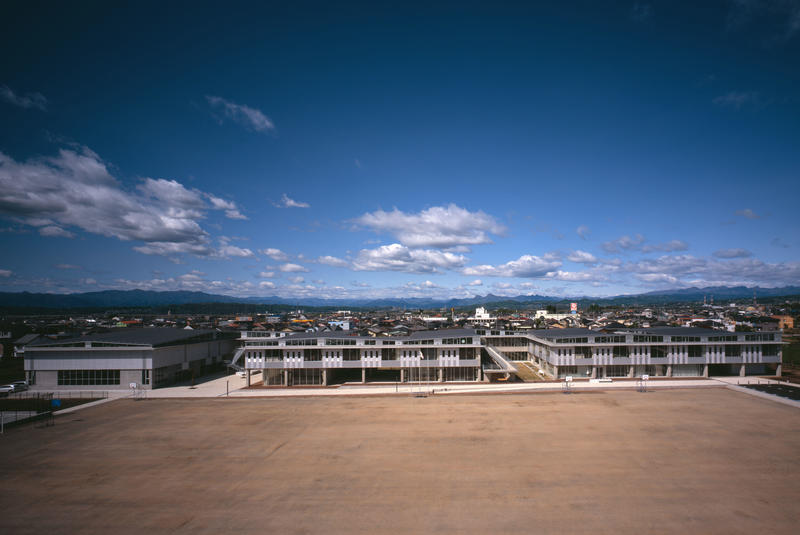
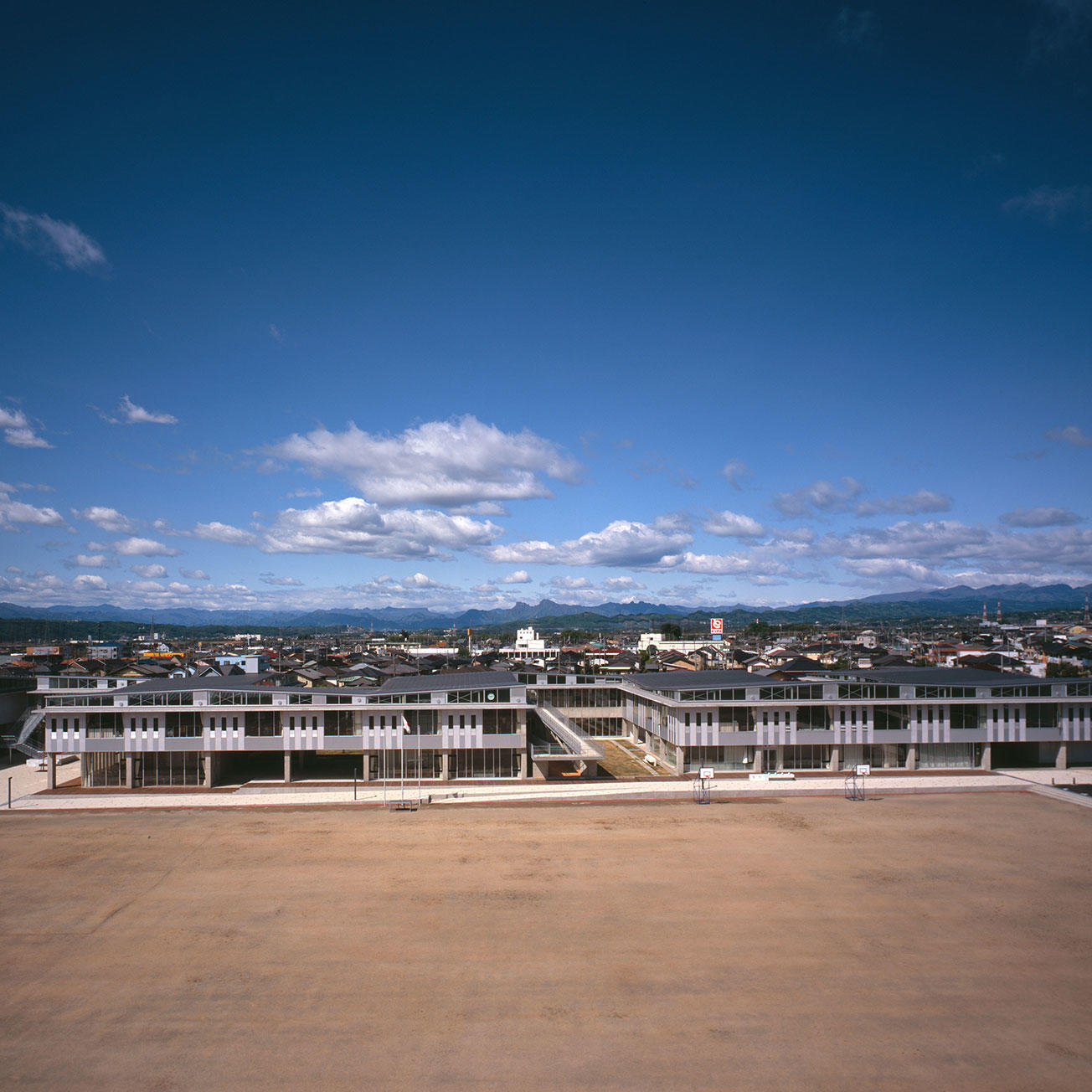
Sakurayama Elementary School, Takasaki
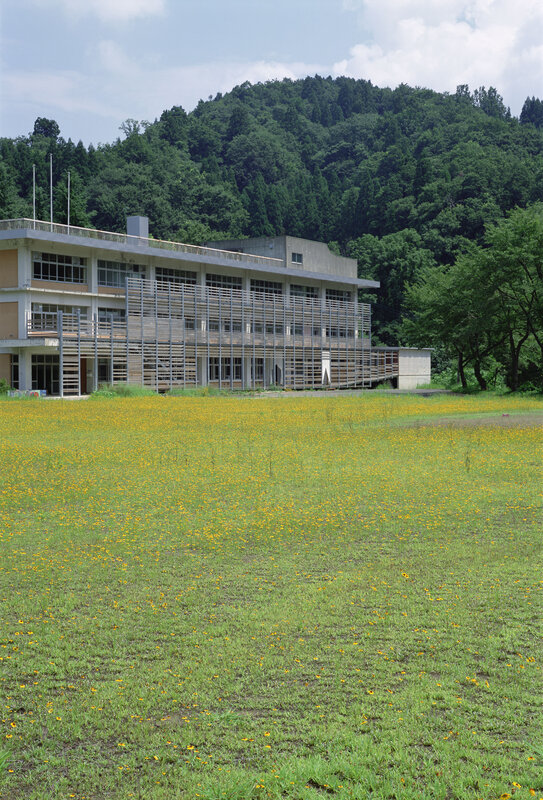
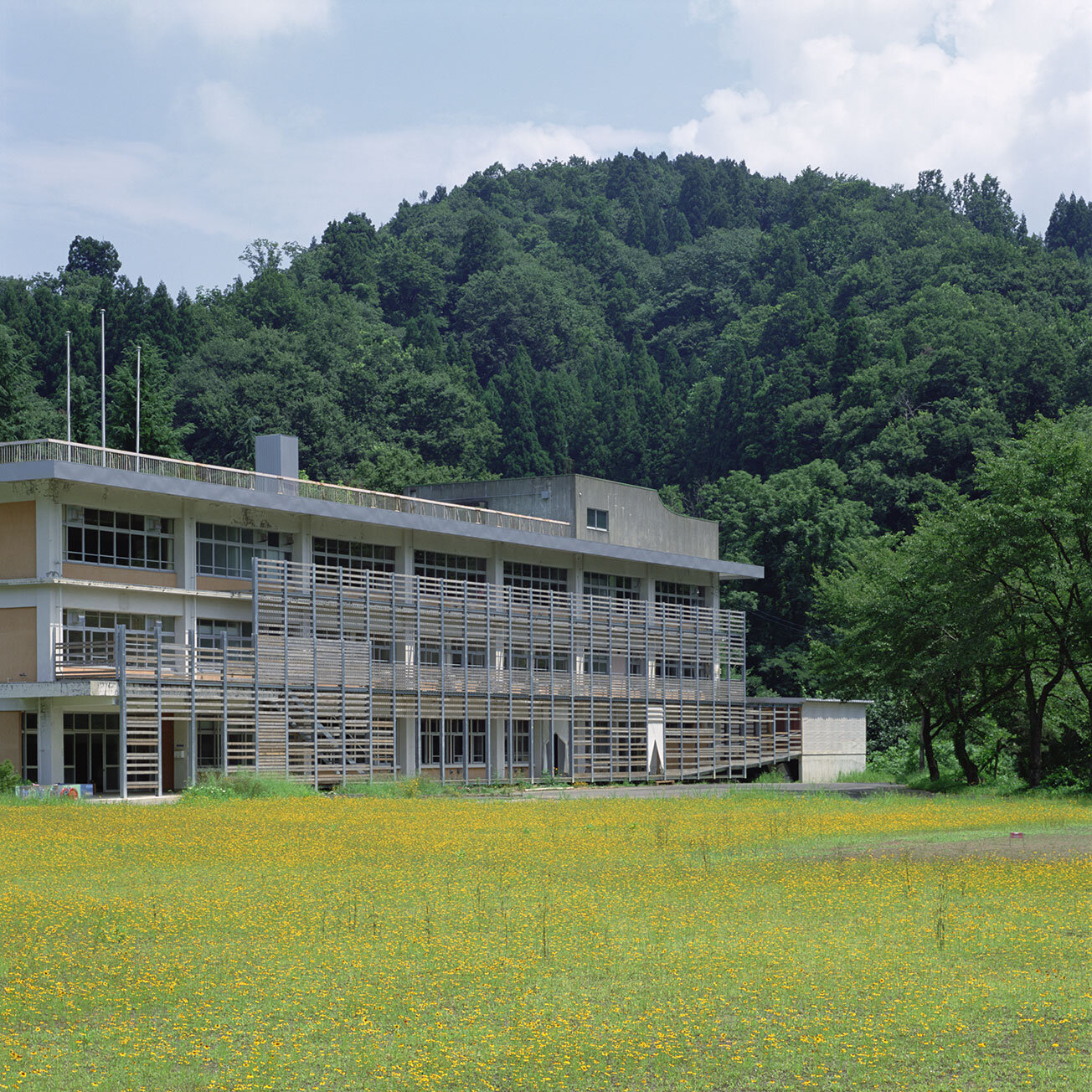
Tsukikage no Sato (Collaboration of 4 University labs)
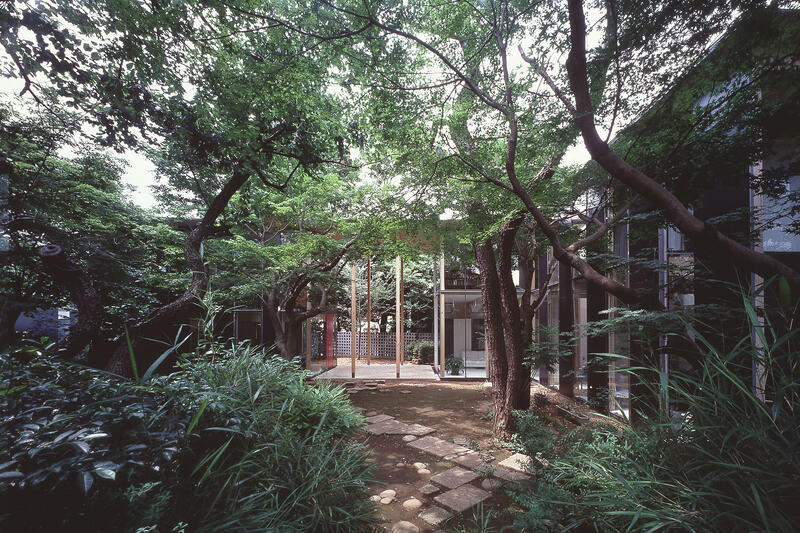
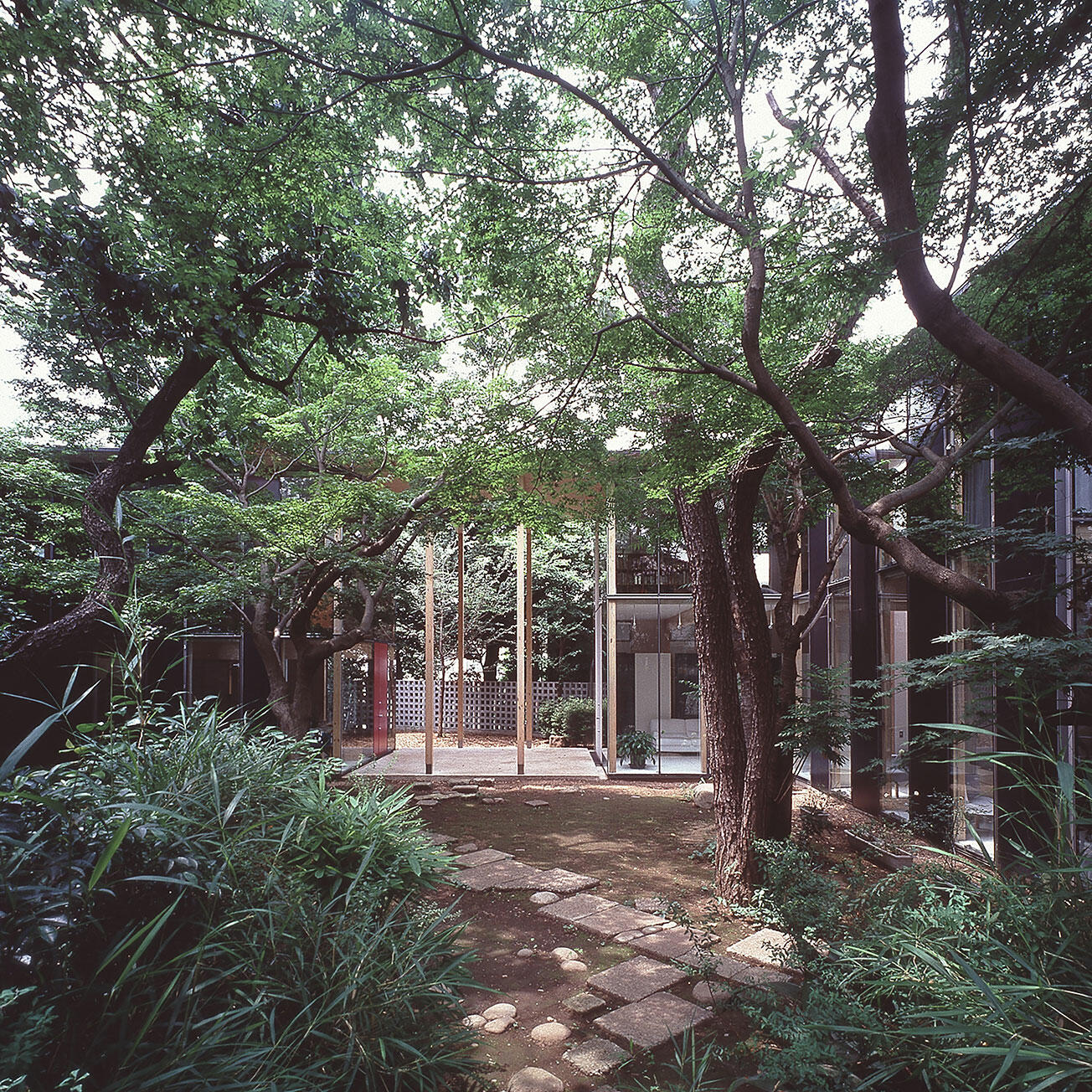
ZIG HOUSE/ZAG HOUSE
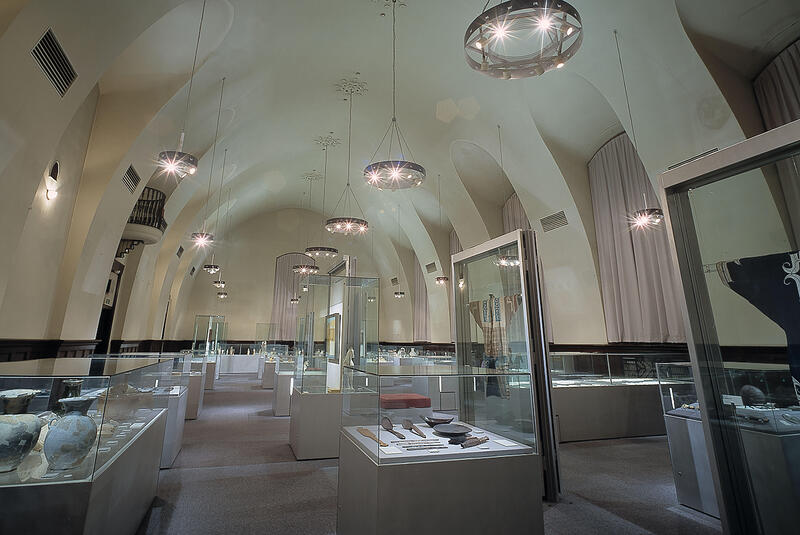
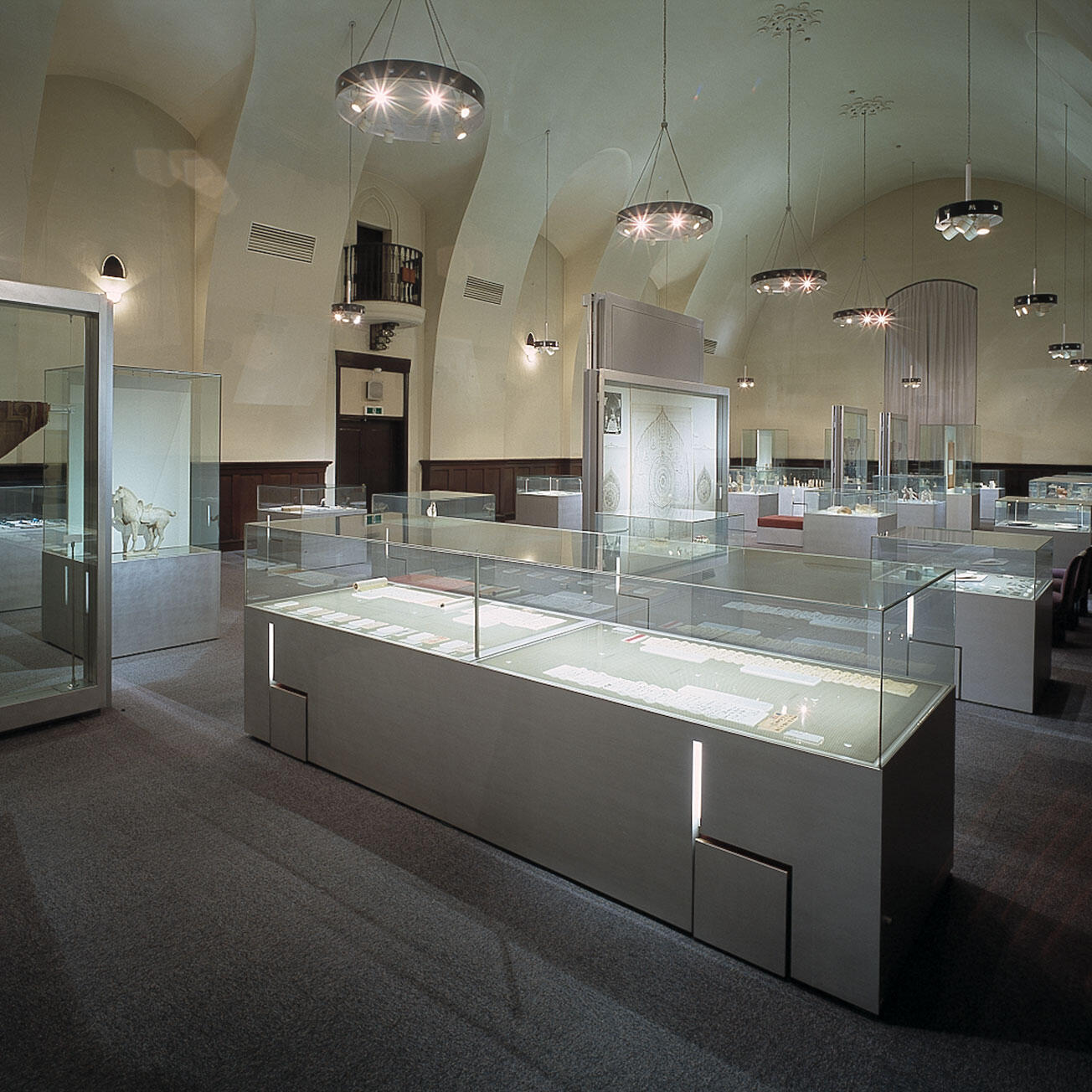
Aizu Memorial Museum, Waseda University


Amakusa Visitor Center


Villa Sasaki

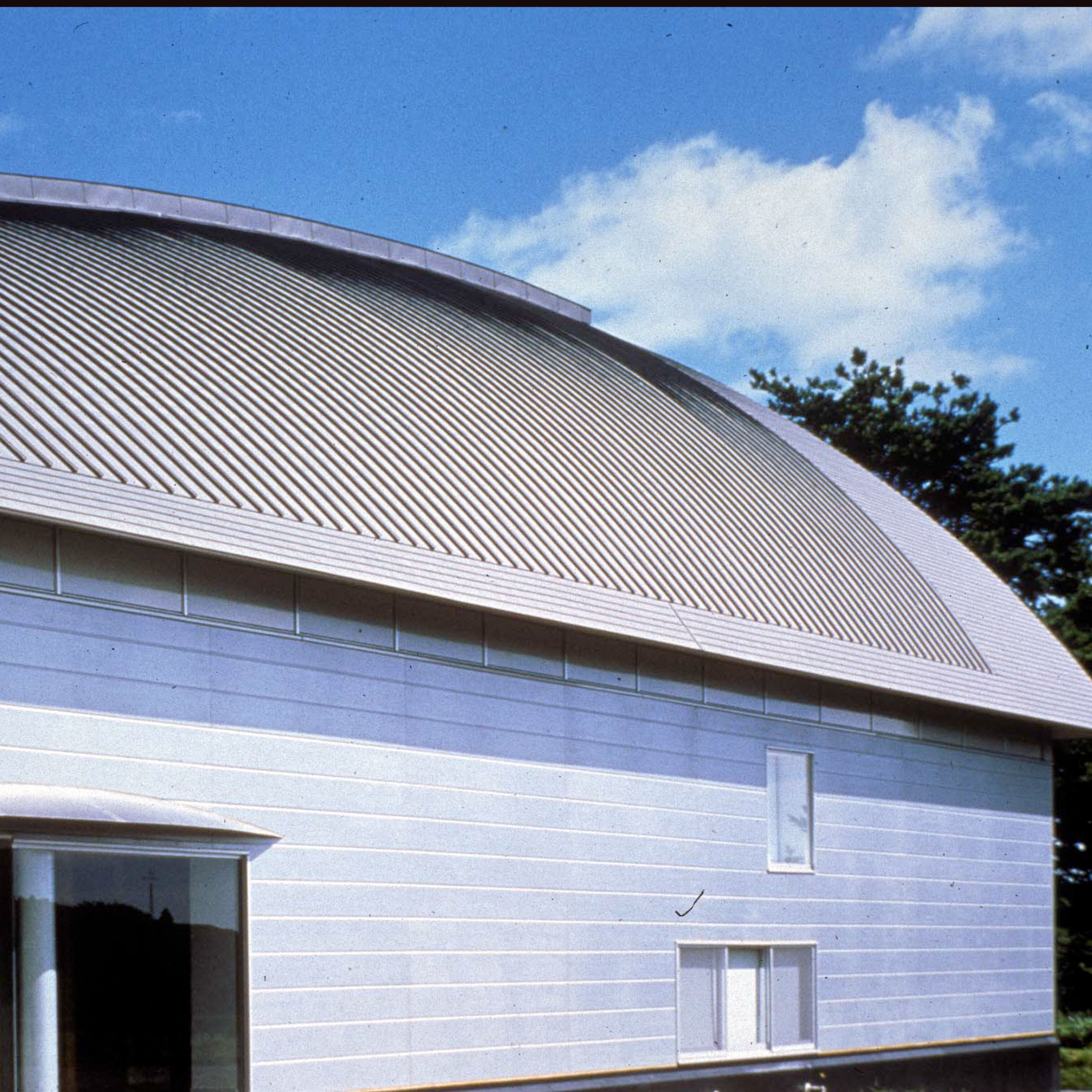
Tanohata Folk Museum


House at Kogajo